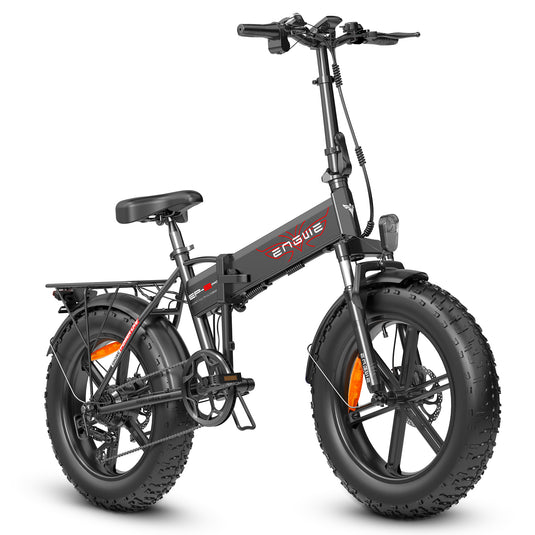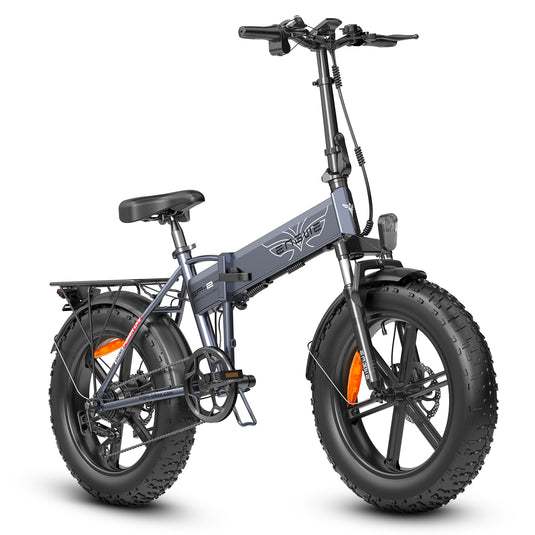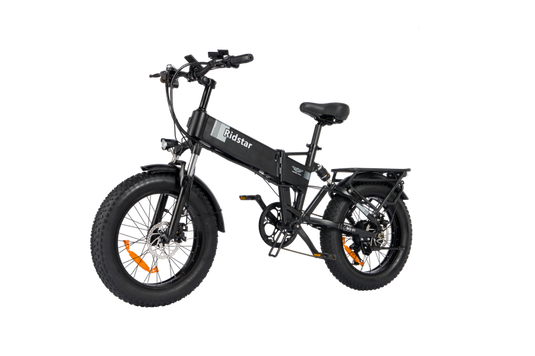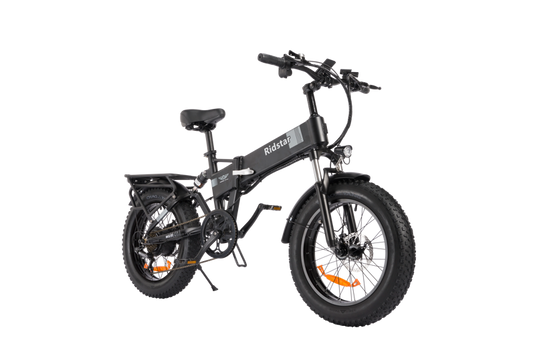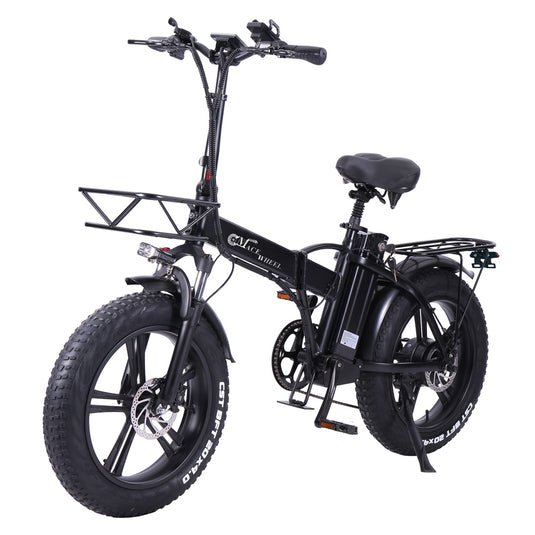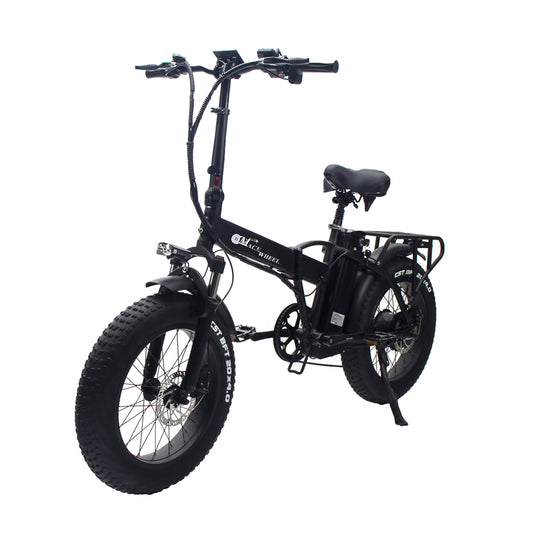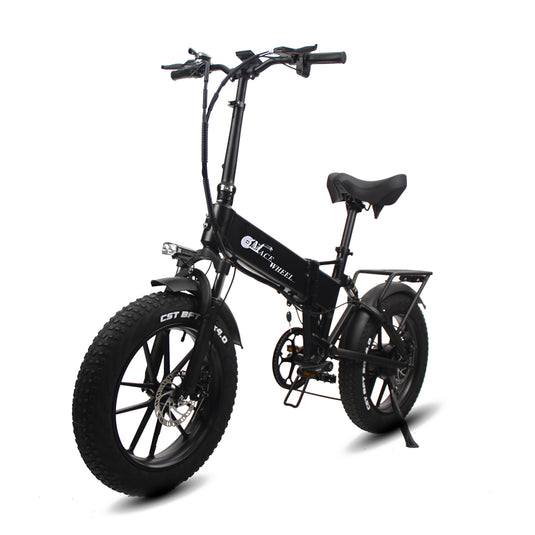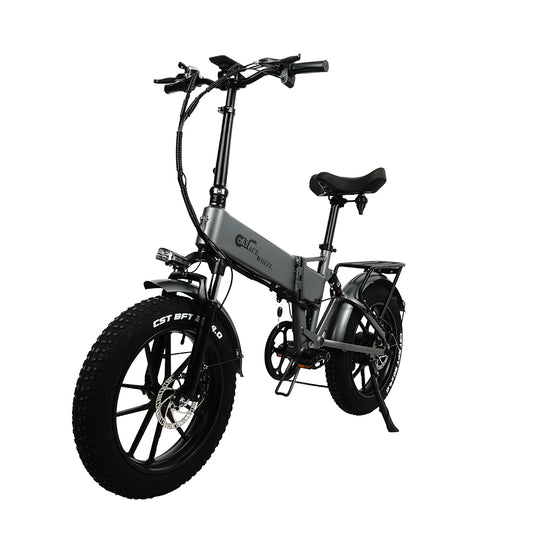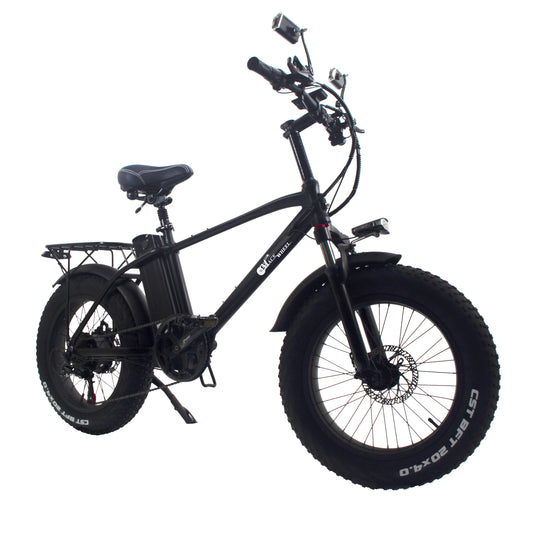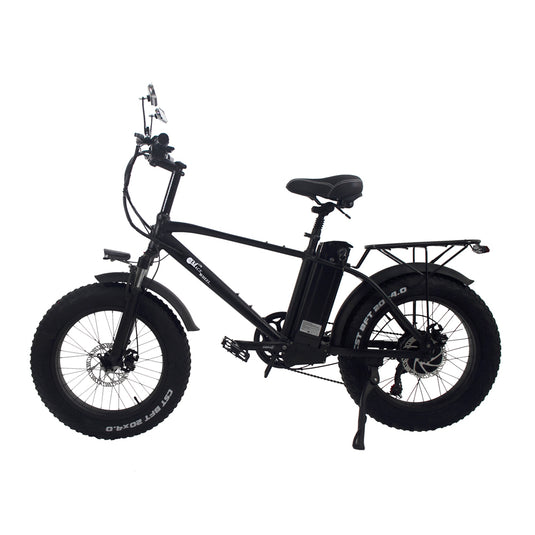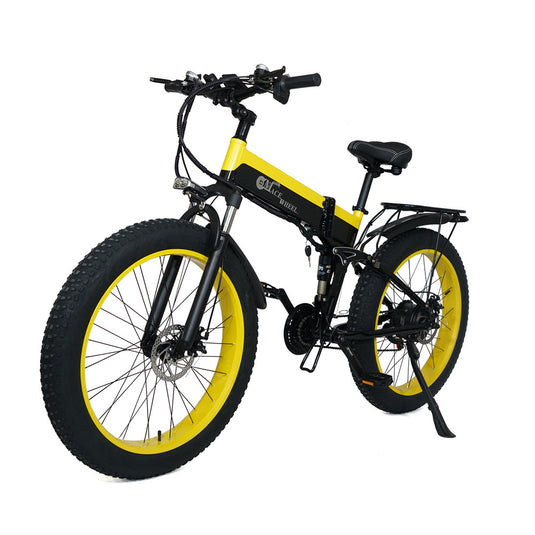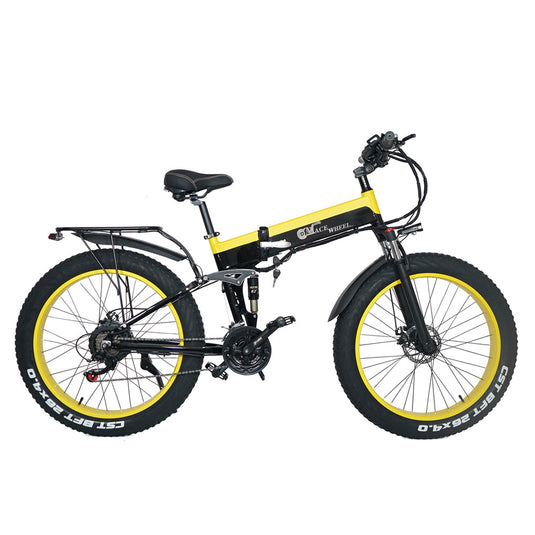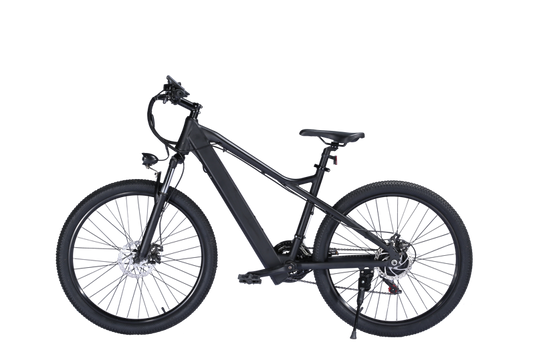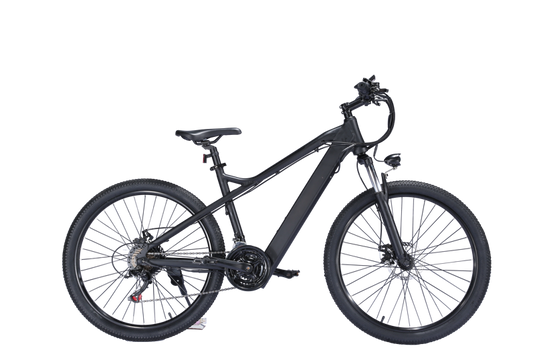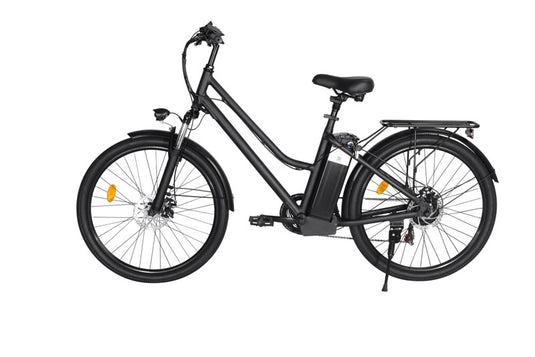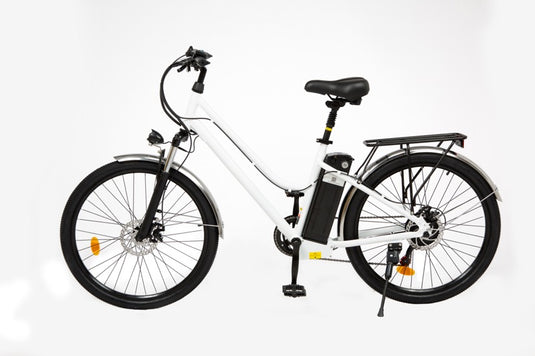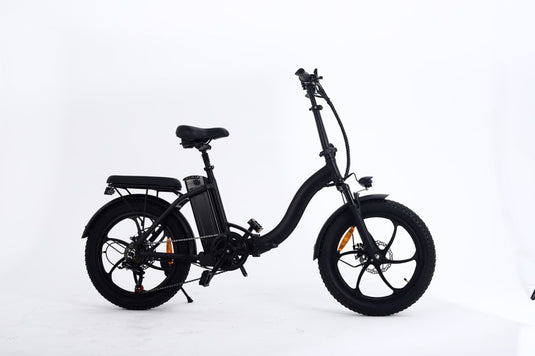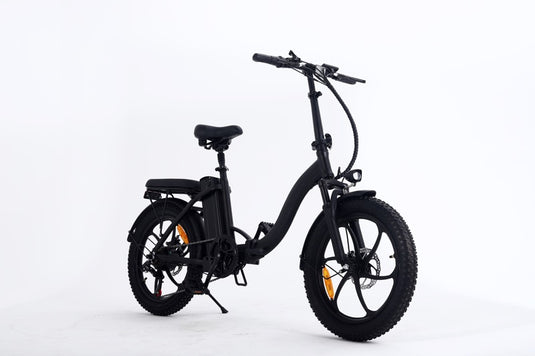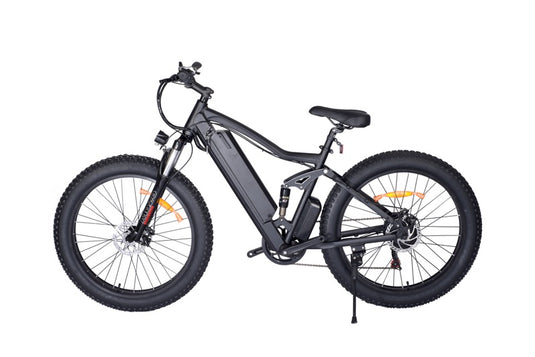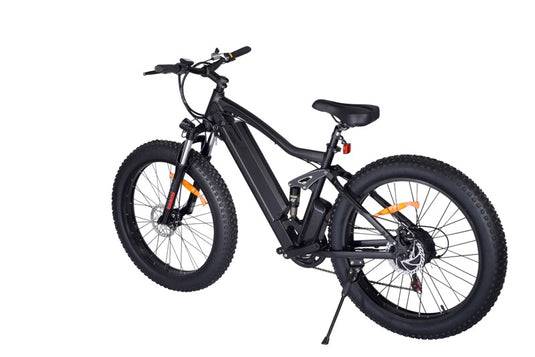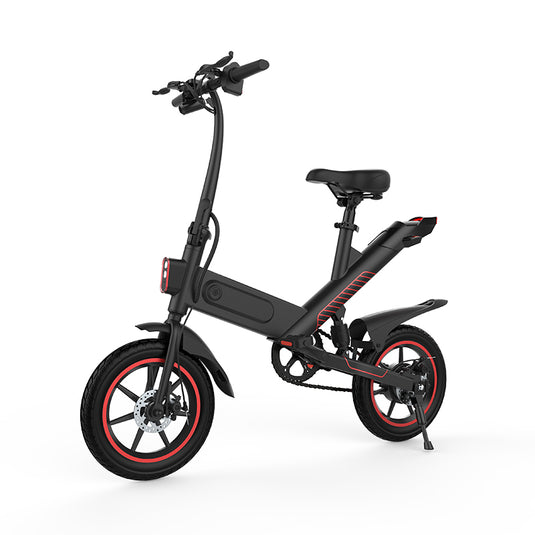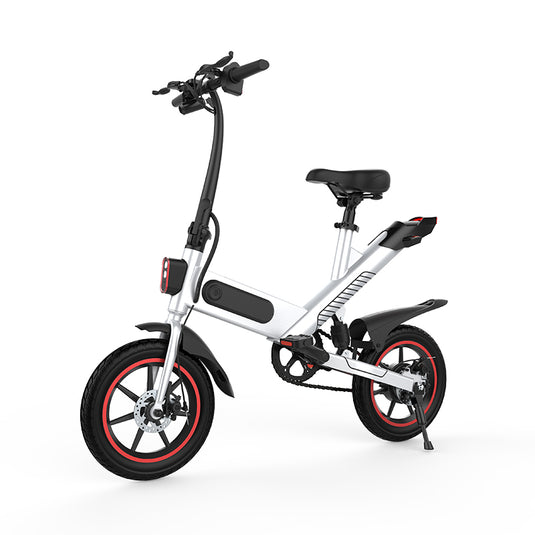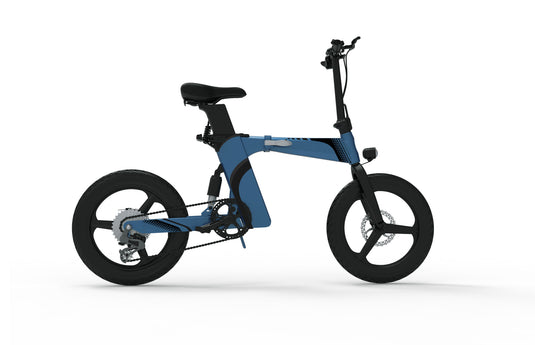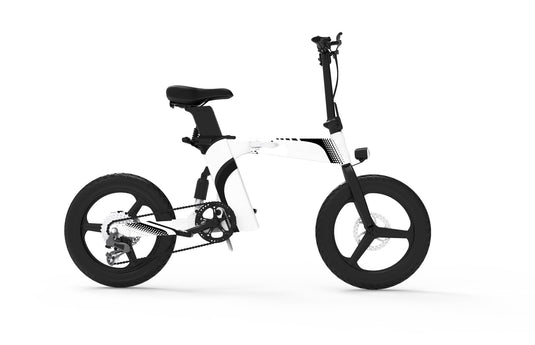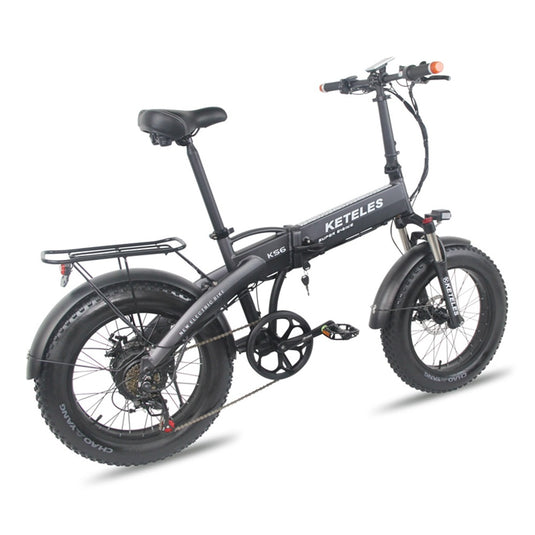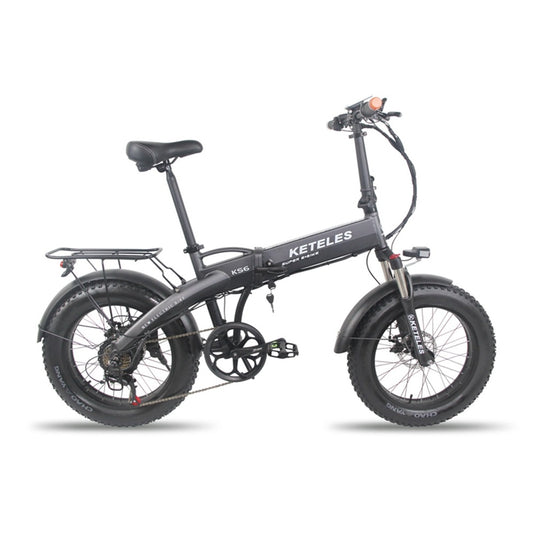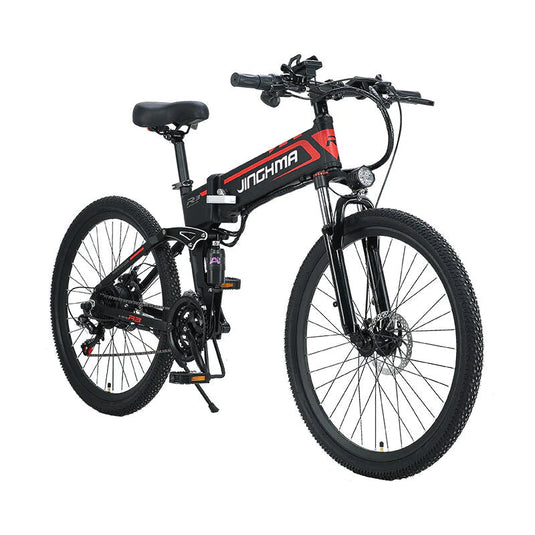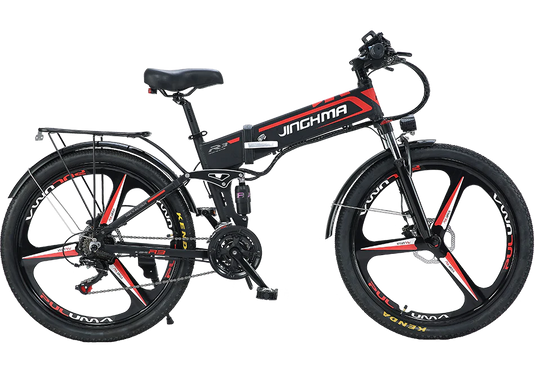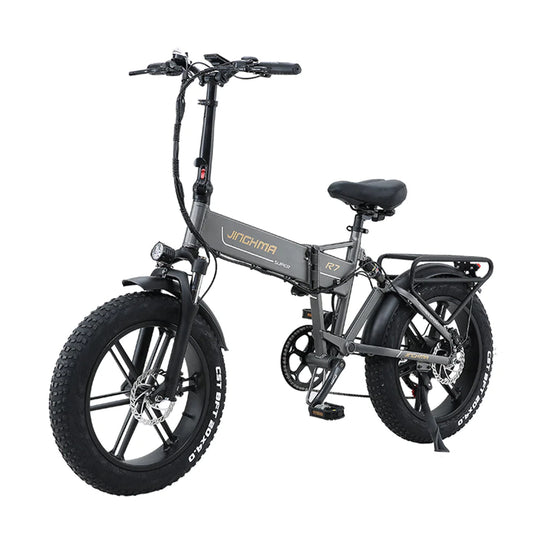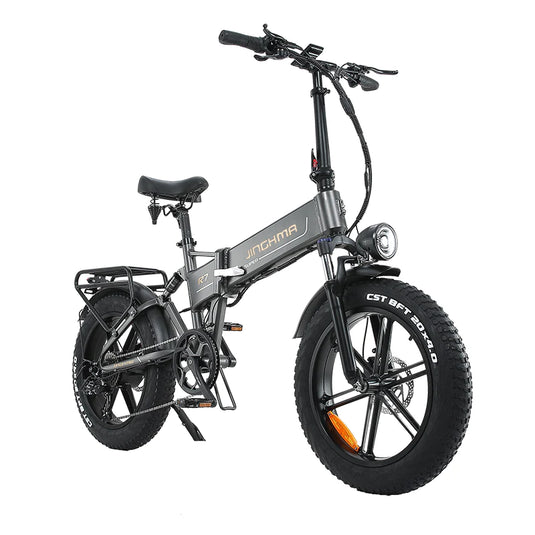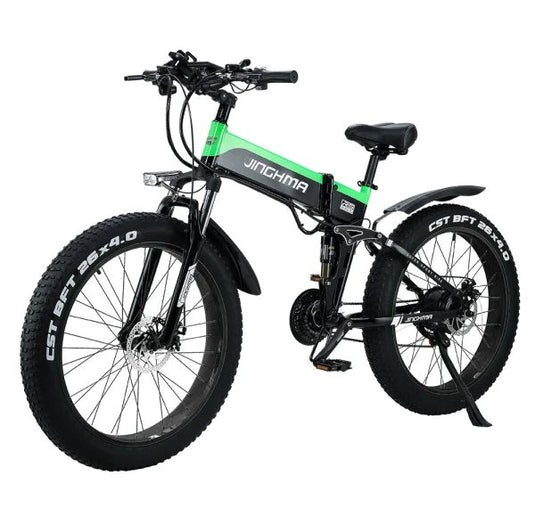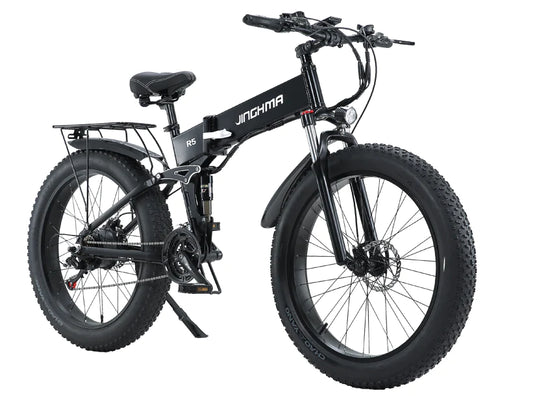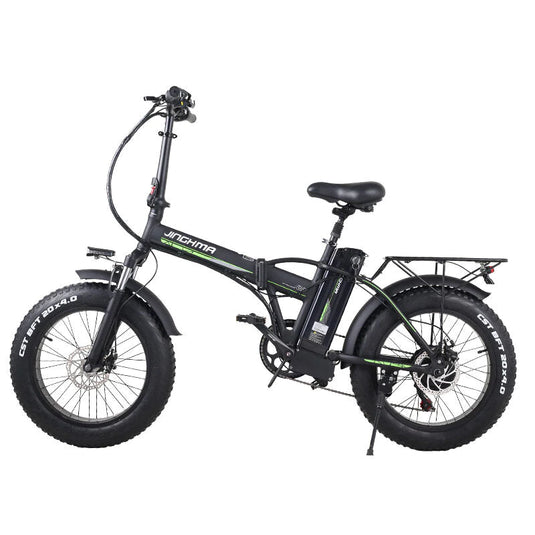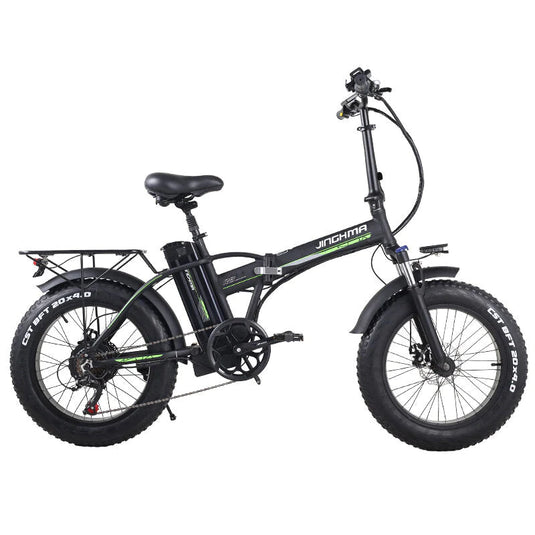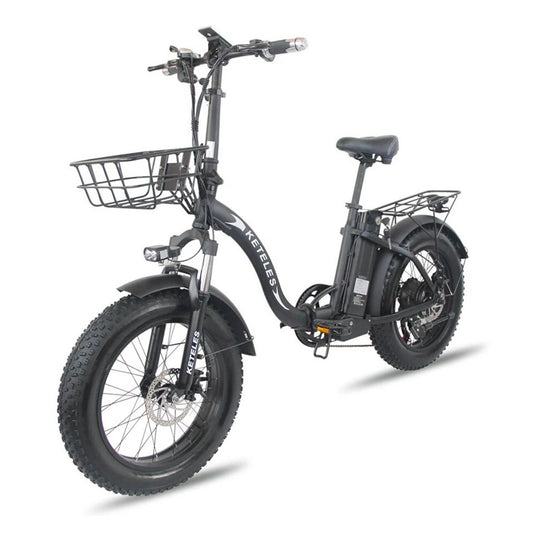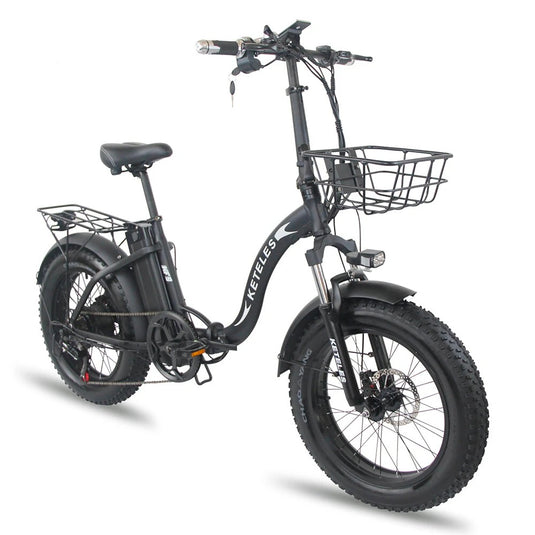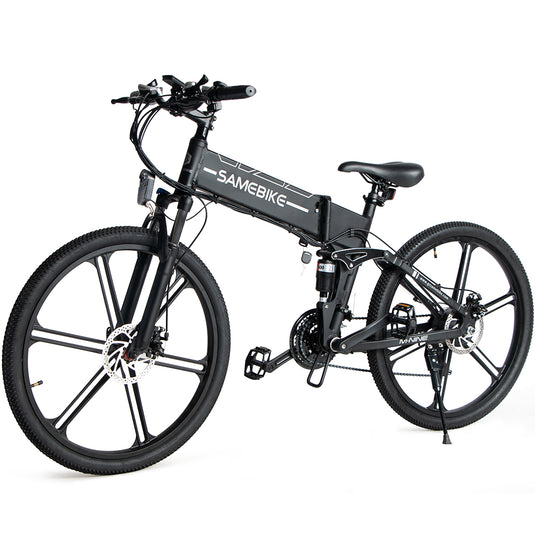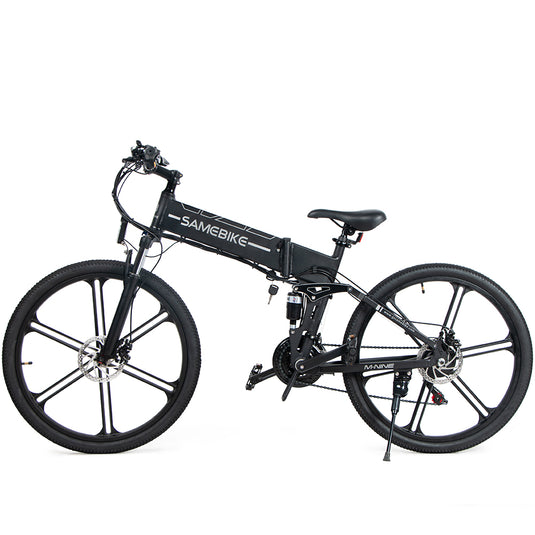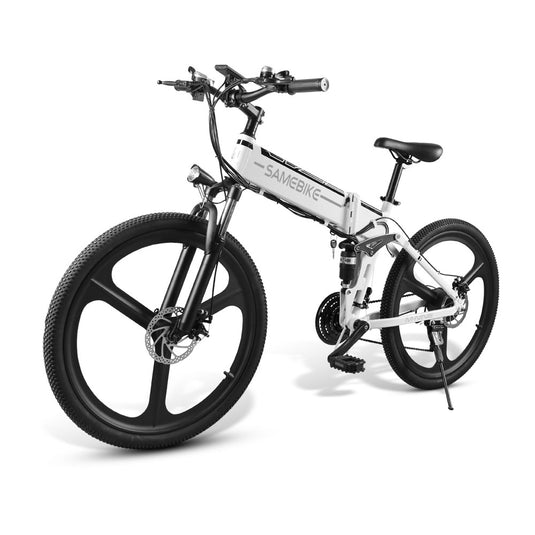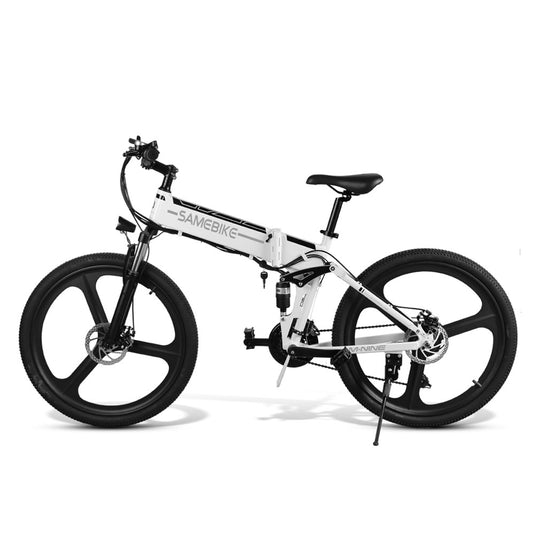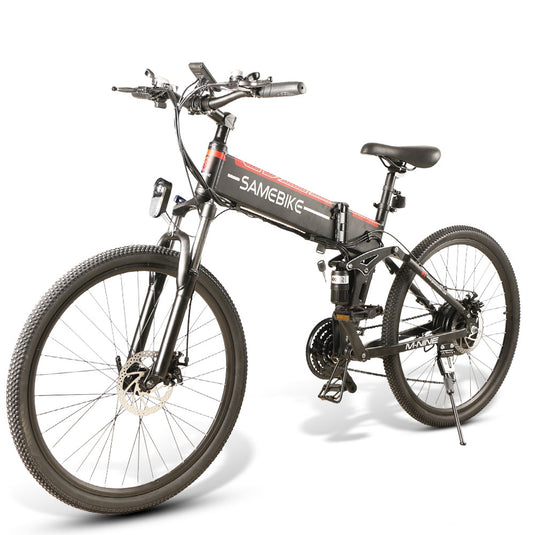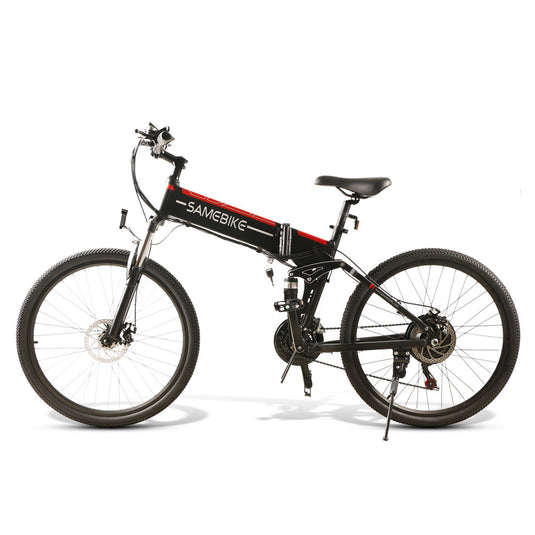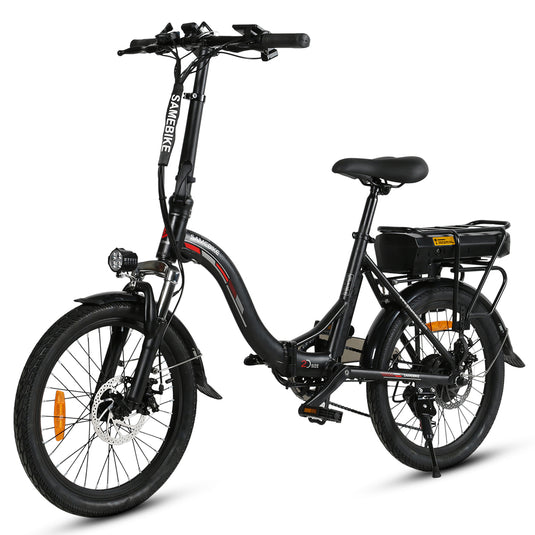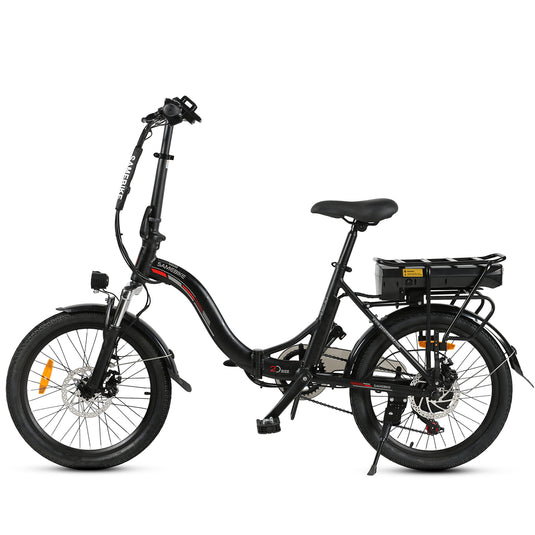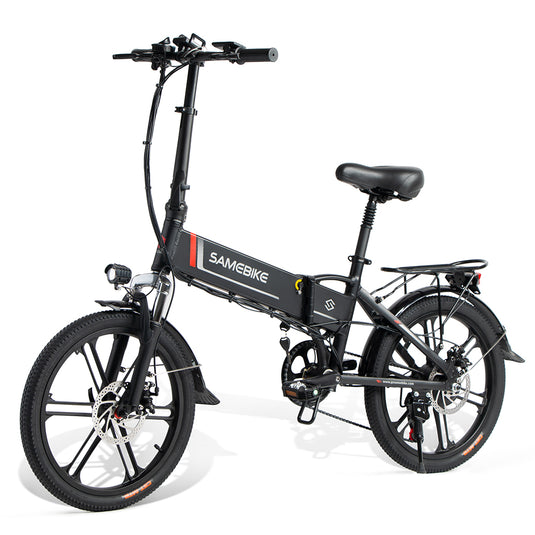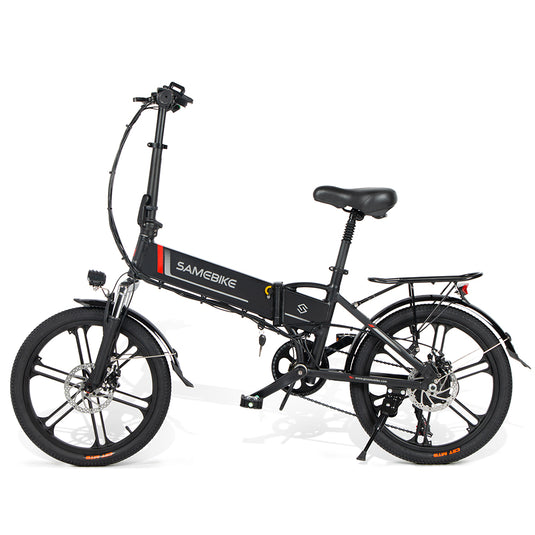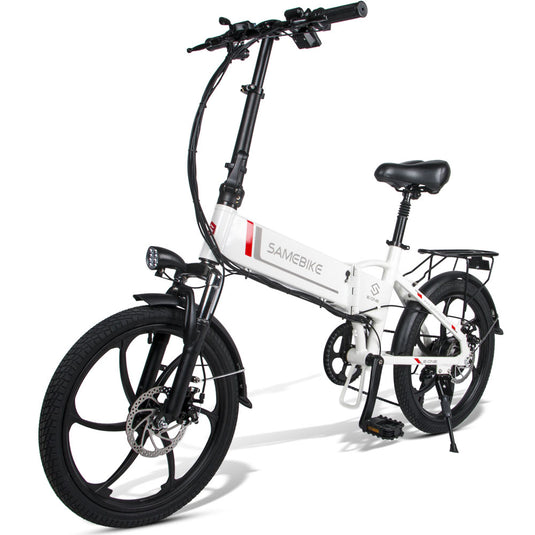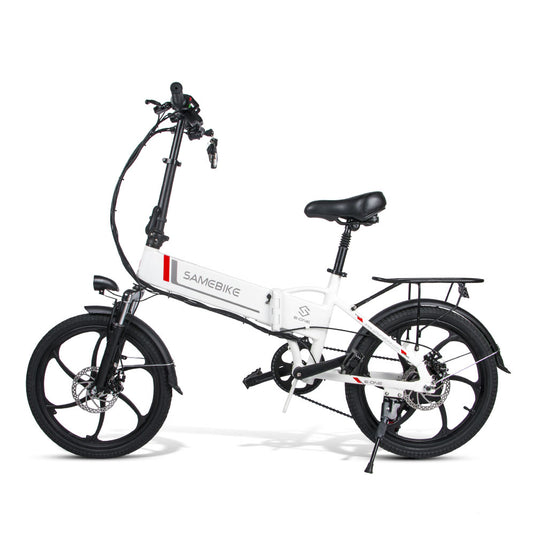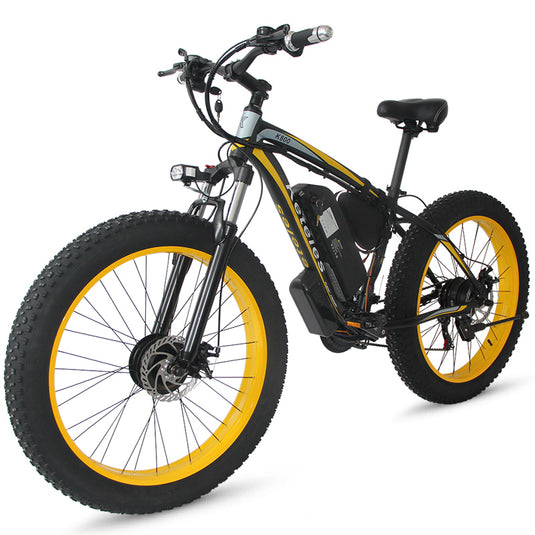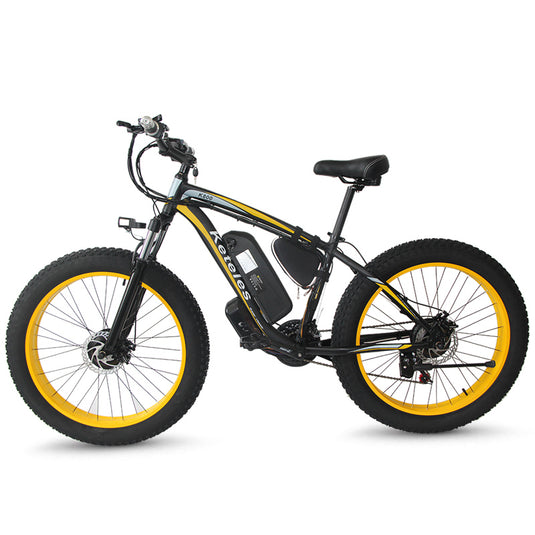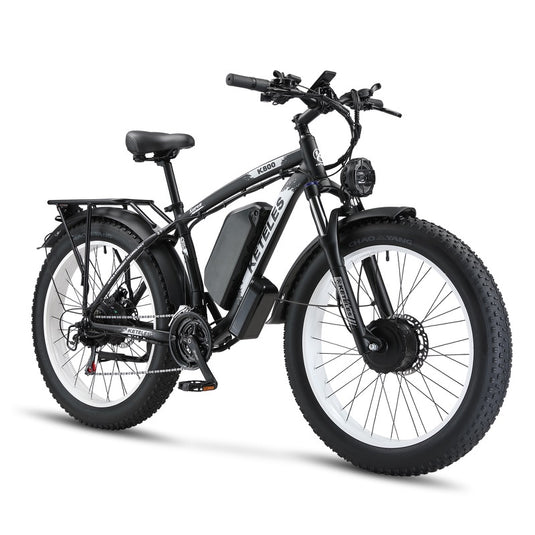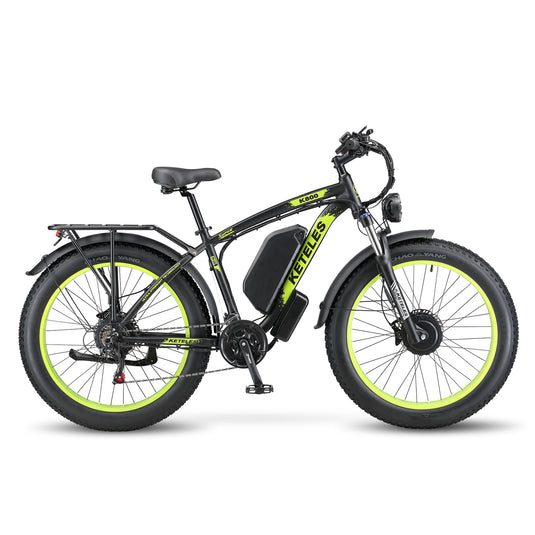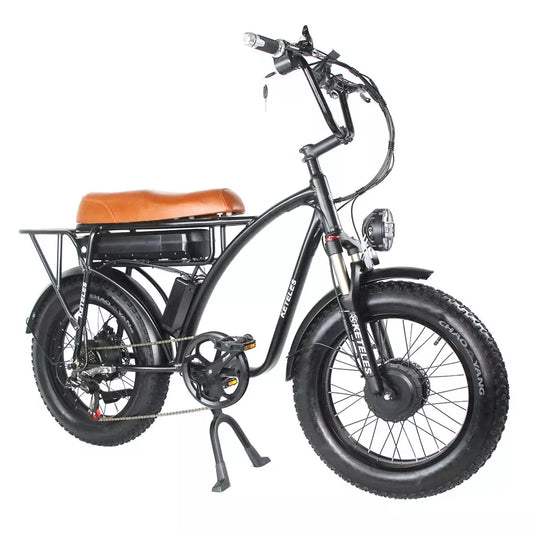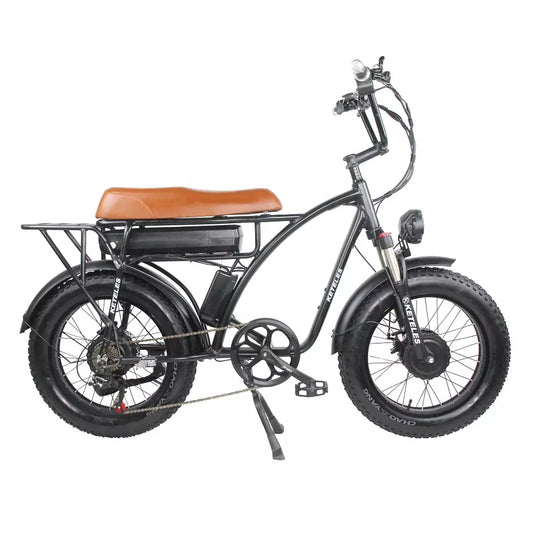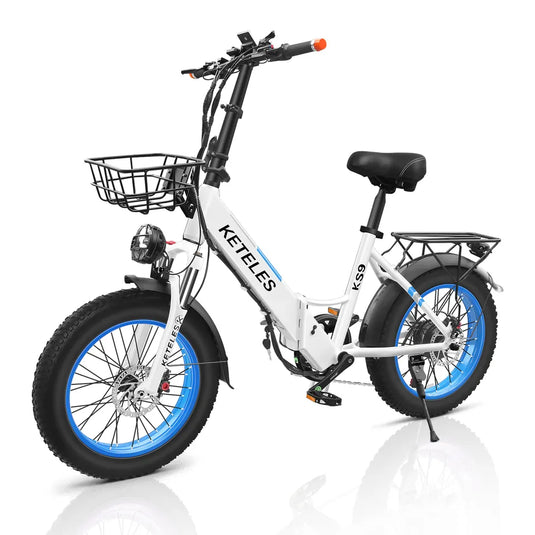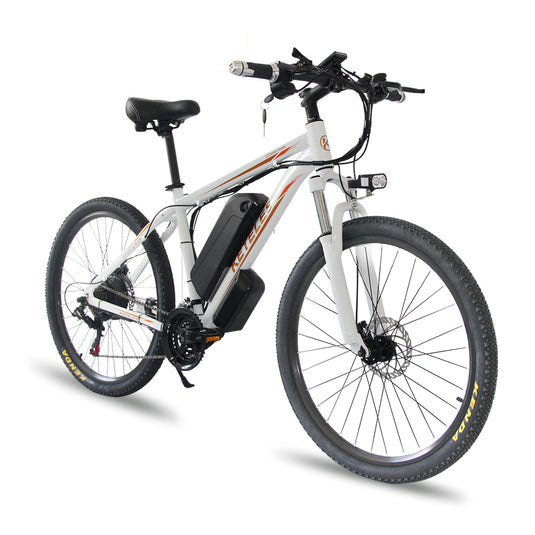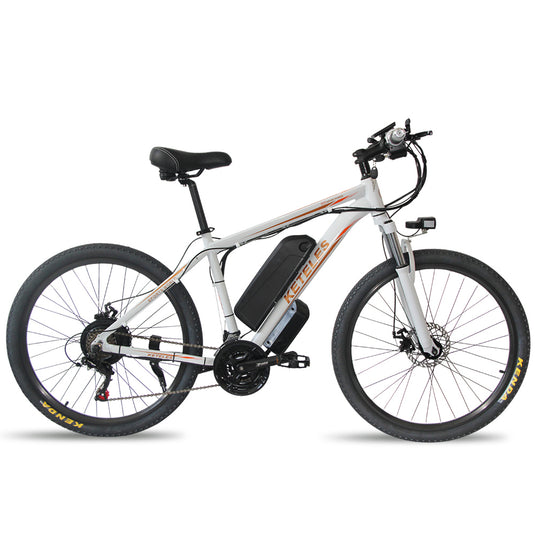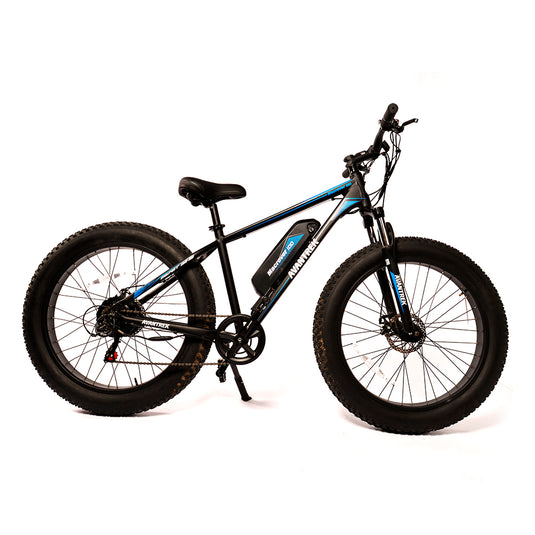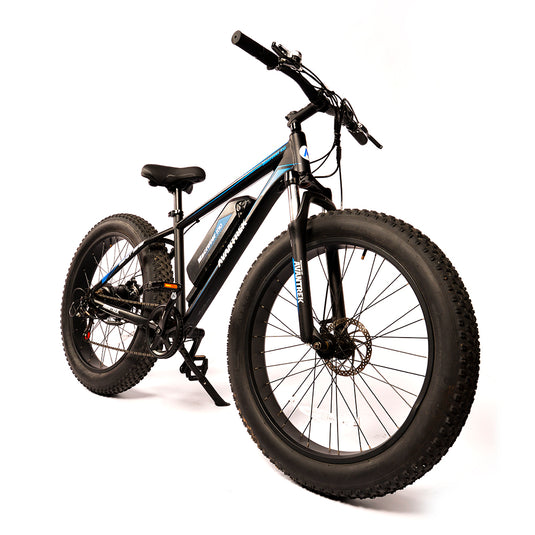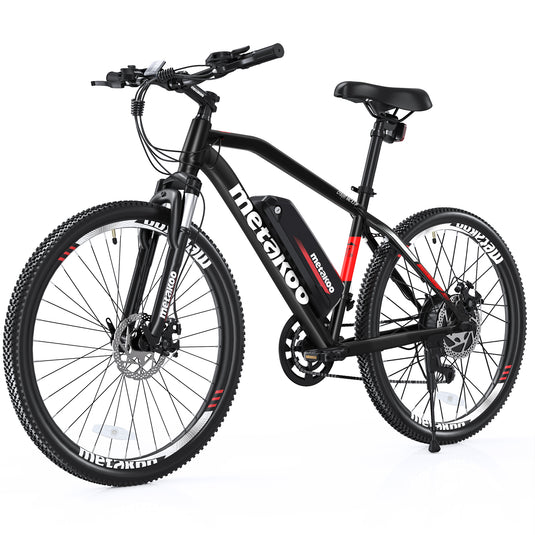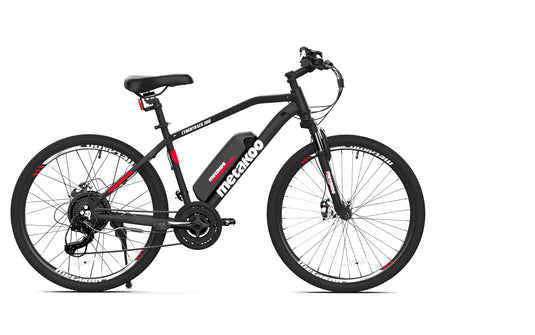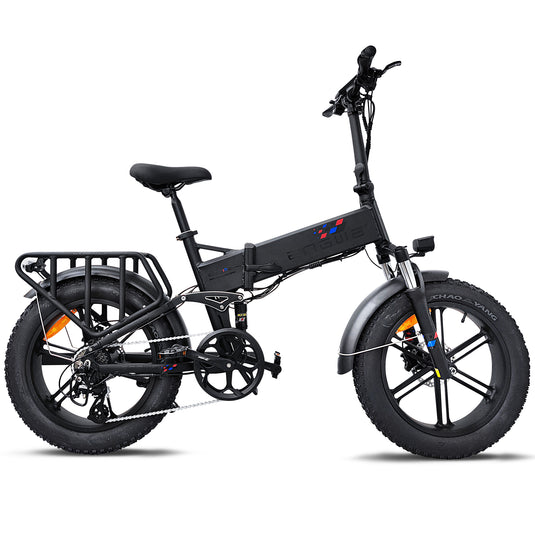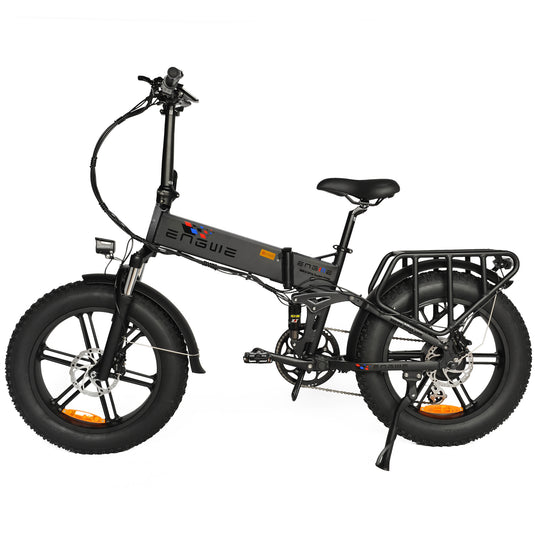
Pedal Power Surge: The Rising Popularity of Cycling in Urban Landscapes
The Benefits of Cycling in the City
Health and Fitness Advantages
cycling in the city is not just fun. It is also good for your health and fitness. When you ride a bike, your body gets a workout. This helps your heart and muscles. You can breathe better and sleep well too. Even short rides make a big difference. Plus, if you cycle often, you can lose weight. That is because biking burns many calories. It also builds muscle, which boosts metabolism. So, you get fit while having a blast on two wheels!
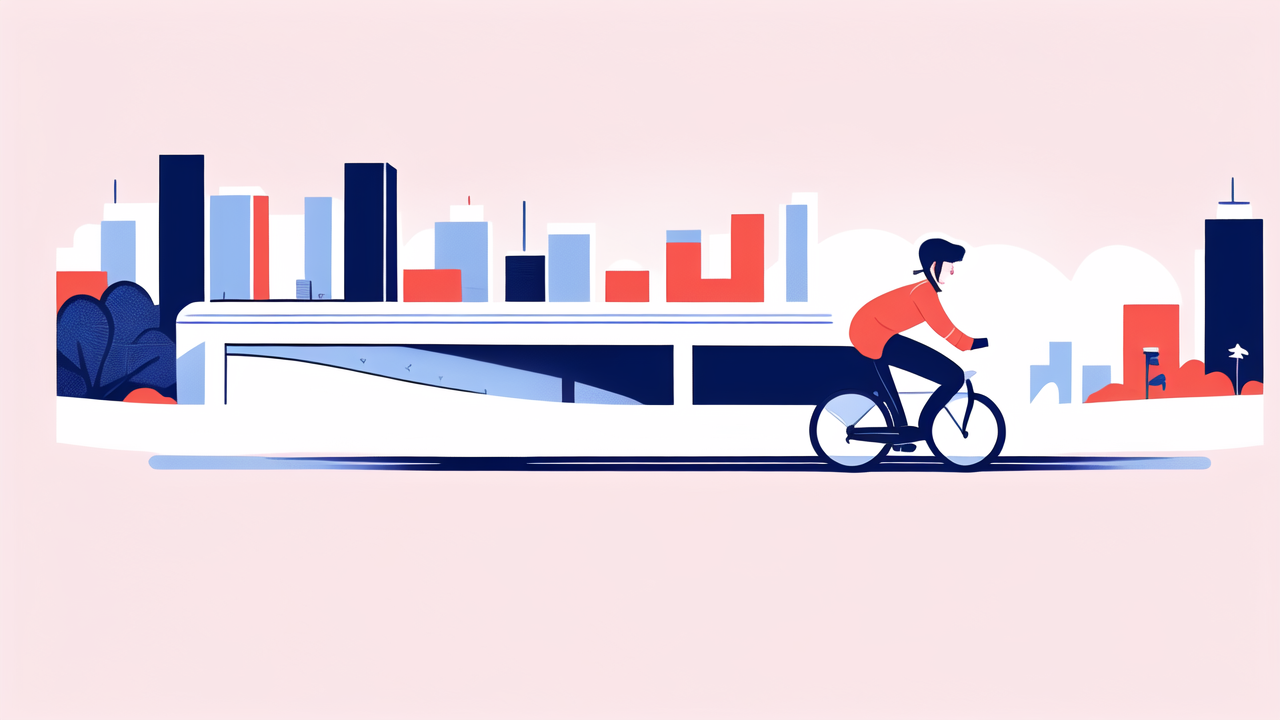
Environmental Impact
cycling helps our planet. Fewer cars mean cleaner air. Bikes emit no pollution. This reduces greenhouse gases. Cities become quieter, too. Less noise is better for all. More green spaces can grow. Parks over parking lots! It's a chain reaction for good. Every ride adds up. Together, we make a difference.
Economic Savings
cycling can save money in many ways. No gas needed, which keeps cash in your pocket. Bikes cost less to maintain than cars do. You avoid parking fees, which add up fast in cities. It's cheaper to buy a bike than a car. Plus, many cities offer bike share programs. They have low fees, making them easy on the wallet. Riding a bike can also reduce the need to pay for gym memberships. With cycling, getting fit is part of your daily travel.
Challenges and Solutions for Urban Cyclists
Infrastructure and Safety Concerns
City cyclists often face unsafe roads and poor bike lanes. Busy streets can be daunting. But cities are responding. They're building protected bike lanes and paths. Bright signage and traffic signals for bikes help too. Education is key. Riders and drivers must know how to share the road safely. Some places offer bike safety classes. These efforts can make cycling safer for everyone. Improving urban cycling is a team effort. It needs action from both cities and cyclists.
Bicycle Theft and Security Measures
Bike theft is a big worry for city riders. But there's hope! Here's how to keep your cycle safe:
- Use strong locks: Pick U-locks or heavy-duty chains.
- Smart parking: Lock your bike in well-lit and busy areas.
- Register your bike: Some cities have bike registries to help if it's stolen.
- Be unflashy: A less fancy bike might not tempt thieves.
- Get insurance: This can cover you if your bike is taken.
These steps can help you fret less and enjoy your rides more!
Navigating Weather and Terrain
Urban cyclists often face weather and terrain challenges while navigating cityscapes. Knowing how to handle these can make biking in the city safer and more enjoyable. For weather-related obstacles, it's important to have the right gear. Waterproof clothing and water-resistant bags protect against rain. In hot weather, lightweight, breathable fabrics and sun protection are key. For cold climates, layering and warm gloves are a must. Coping with terrain means having a well-maintained bike. Riders should ensure proper tire pressure for different road conditions. Suspension systems can help manage bumps and potholes. For steep inclines, learning appropriate gear shifting techniques is essential. With preparation and the right equipment, cyclists can confidently tackle any weather or terrain the city presents.
The Future of Urban Cycling
Innovations in Bicycle Technology
- Lightweight and Durable Materials: Advances in carbon fiber and alloy tech make bikes lighter and stronger.
- E-bikes and Pedal Assist: Electric bikes gain popularity, offering a boost for longer commutes and hilly areas.
- Smart Bike Technology: Features like GPS tracking and integrated safety lights enhance riders' security and comfort.
- Mobile Integration: Apps for route planning, performance tracking, and social features connect cyclists.
- Bike Sharing Evolution: Next-gen bike-share schemes with better docks, payment systems, and more bike options.
Urban Planning and Policy Changes
Cities are reshaping roads to make them bike-friendly. This includes adding bike lanes and bike-specific traffic lights. Urban planners see cycling as a key part of transport. Hence, they're changing policies to prioritize bikes over cars. Parking spaces may turn into bike racks and paths. More bike-share programs are in plans, too. These aim to cut car use and boost cycling. Educating drivers on sharing roads with cyclists is crucial. It's part of new traffic laws and safety campaigns. Funds from governments are growing. They help build and maintain cycling infrastructure. This makes cycling safer and more appealing in cities. With these changes, cycling is becoming the heart of urban transport plans.
The Role of Cycling Communities and Advocacies
cycling communities and groups are key in promoting bike culture. They hold events and workshops to teach biking skills. These groups also advocate for cyclist rights. They talk to city officials to make biking safer and easier in cities. They help plan bike lanes and paths. Also, they host group rides to get more people interested in cycling. Advocacy groups work to change policies. They push for funding for bike projects. They also aim to raise awareness about the benefits of biking. In time, their efforts create a more bike-friendly city.









